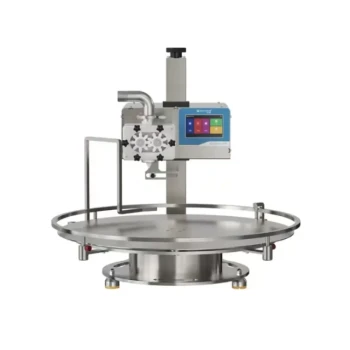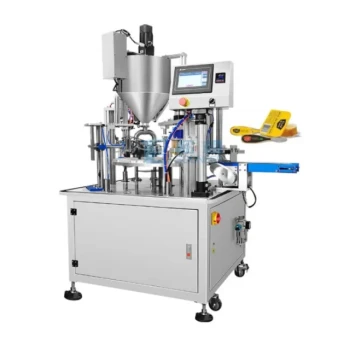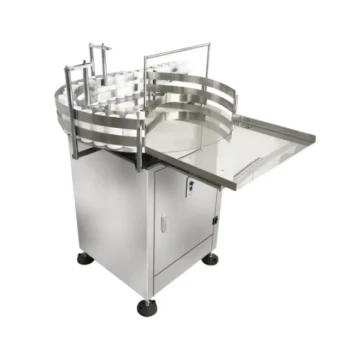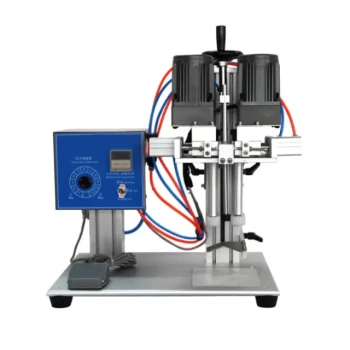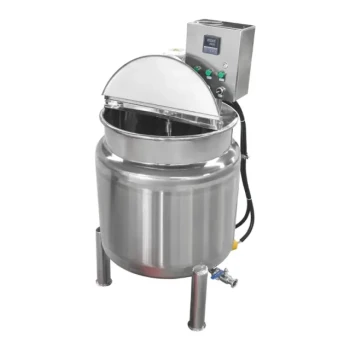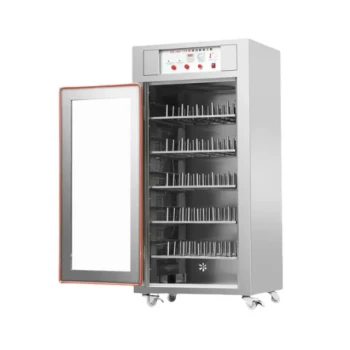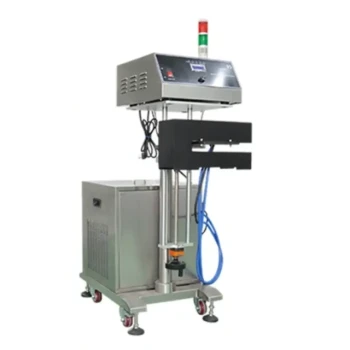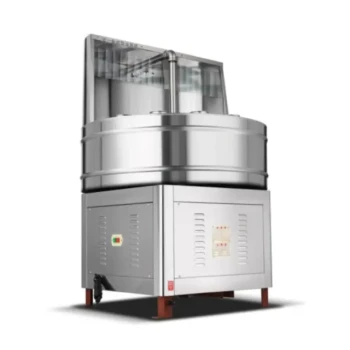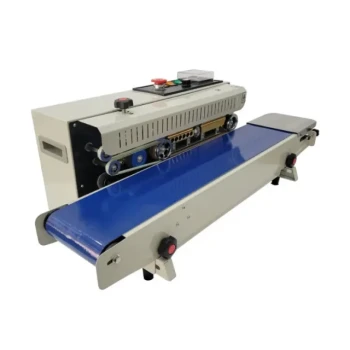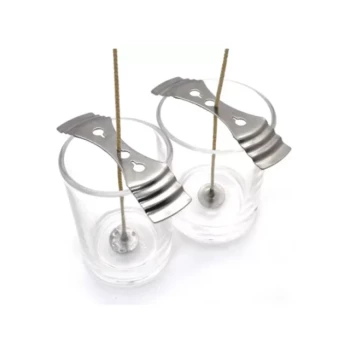When it comes to liquid filling, the industry relies on four principal methods: timed flow, level filling, weigh filling, and volumetric piston filling. Each technique is engineered to solve a specific set of challenges related to product viscosity, value, and the desired final appearance in the container.
The most effective liquid filling method is not a one-size-fits-all solution. Your choice will be dictated by the specific characteristics of your product—its viscosity, value, and foaming properties—as well as your container and production goals.
Volumetric Piston Fillers: The Precision Standard
How It Works
A piston filler operates like a large syringe. It pulls a precise, pre-set volume of liquid from a hopper into a cylinder and then dispenses that exact volume into the container.
Best Use Cases
This method is the gold standard for accuracy. It excels with a wide range of product types, from thin liquids to thick, viscous products like creams, gels, and pastes.
Key Advantage
Piston fillers deliver an extremely accurate and repeatable fill volume, which is critical for high-value products where minimizing waste is paramount.
Net Weigh Fillers: Filling by Weight, Not Volume
How It Works
Instead of measuring volume, a net weigh filler places the container on a scale and fills it until a target weight is reached. The system then automatically stops the flow.
Best Use Cases
This method is ideal for products sold by weight, especially bulk items or high-cost liquids. It's uniquely effective because it is unaffected by changes in product temperature or density that could alter volume.
Key Advantage
Net weigh filling guarantees that the exact amount of product is dispensed, eliminating costly product "giveaway" and ensuring regulatory compliance.
Level Fillers: Achieving Cosmetic Consistency
How It Works
A level filler, often an overflow filler, fills each container to the same visual height. If a container is overfilled, the excess product is returned to the supply tank.
Best Use Cases
This method is used almost exclusively for products in transparent containers where a consistent fill line is crucial for shelf appeal, such as beverages, sauces, and window cleaners.
Key Advantage
Level fillers create a perfectly uniform appearance on the retail shelf, even if there are minor inconsistencies in the internal volume of the containers themselves.
Timed Flow Fillers: Simplicity and Speed
How It Works
This is the most straightforward method. A pump or valve is opened for a pre-set amount of time for each container, delivering a generally consistent volume of liquid.
Best Use Cases
Timed flow systems are best suited for free-flowing, low-cost liquids where pinpoint accuracy is less critical than speed and operational simplicity.
Key Advantage
These systems are typically the most cost-effective and easiest to operate and maintain, making them a popular choice for high-volume applications.
Understanding the Trade-offs
Accuracy vs. Cost
Volumetric piston and net weigh fillers offer the highest accuracy but come with greater mechanical complexity and a higher initial investment. Timed flow fillers are far more economical but sacrifice precision.
Product Compatibility
Viscosity is a critical factor. Piston fillers can handle very thick products that would be impossible for a simple timed flow system. Conversely, overflow level fillers can cause excessive foaming with certain products.
Presentation vs. Precision
A level filler guarantees a perfect cosmetic appearance but may result in slightly different net volumes in each container. If precise volume is non-negotiable, a piston or weigh filler is the superior choice.
Selecting the Right Method for Your Product
By understanding your primary goal, you can easily identify the correct technology for your needs.
- If your primary focus is maximum accuracy for a high-value or viscous product: A volumetric piston or net weigh filler is your best investment.
- If your primary focus is visual appeal for a retail product in a clear container: A level filler ensures a consistent and professional shelf presence.
- If your primary focus is speed and cost-efficiency for a low-cost, free-flowing liquid: A timed flow filler offers the most straightforward and economical solution.
By matching the filling technology to your product's unique needs, you ensure both operational efficiency and final product quality.
Summary Table:
| Method | Primary Use | Key Advantage |
|---|---|---|
| Volumetric Piston | High-value, viscous products (creams, gels) | Extreme accuracy and repeatability |
| Net Weigh | Products sold by weight (bulk items, costly liquids) | Guarantees exact weight, unaffected by density changes |
| Level Filler | Products in clear containers (beverages, sauces) | Perfect, uniform cosmetic appearance on the shelf |
| Timed Flow | Low-cost, free-flowing liquids | High-speed, cost-effective, and simple operation |
Ready to optimize your liquid filling line?
As a leading wholesale supplier to commercial apiaries and distributors, HONESTBEE understands that precision and reliability are critical for your business. We can help you select the ideal filling equipment to maximize your operational efficiency, minimize product waste, and ensure consistent quality for your customers.
Contact our experts today to discuss your specific needs and discover the right filling solution for your operation.
Visual Guide

Related Products
- Small Honey Filling Machine Sachet Packing Equipment Single Nozzle
- Economy Small Honey Filling Machine Honey Bottle Filler Packaging Machine
- Commercial Rotary Honey Filling Machine for Production
- Precision Automated Packaging Turntable Honey Spoon Filling Sealing Packing Machine
- Automated Rotary Bottle Unscrambler for Honey Production Line
People Also Ask
- What are the differences between semi-automatic and fully automatic honey filling machines? A Guide to Choosing the Right Machine for Your Apiary
- What are some common types of honey packaging machines? Choose the Right One for Your Operation
- Are honey-filling machines available in both semi-automatic and automatic types? Choose the Right Fit for Your Apiary
- What is the advantage of the compact size of the honey filling machine? Maximize Efficiency in Limited Spaces
- What are the benefits of using a honey filling machine? Boost Efficiency & Profitability for Your Apiary


